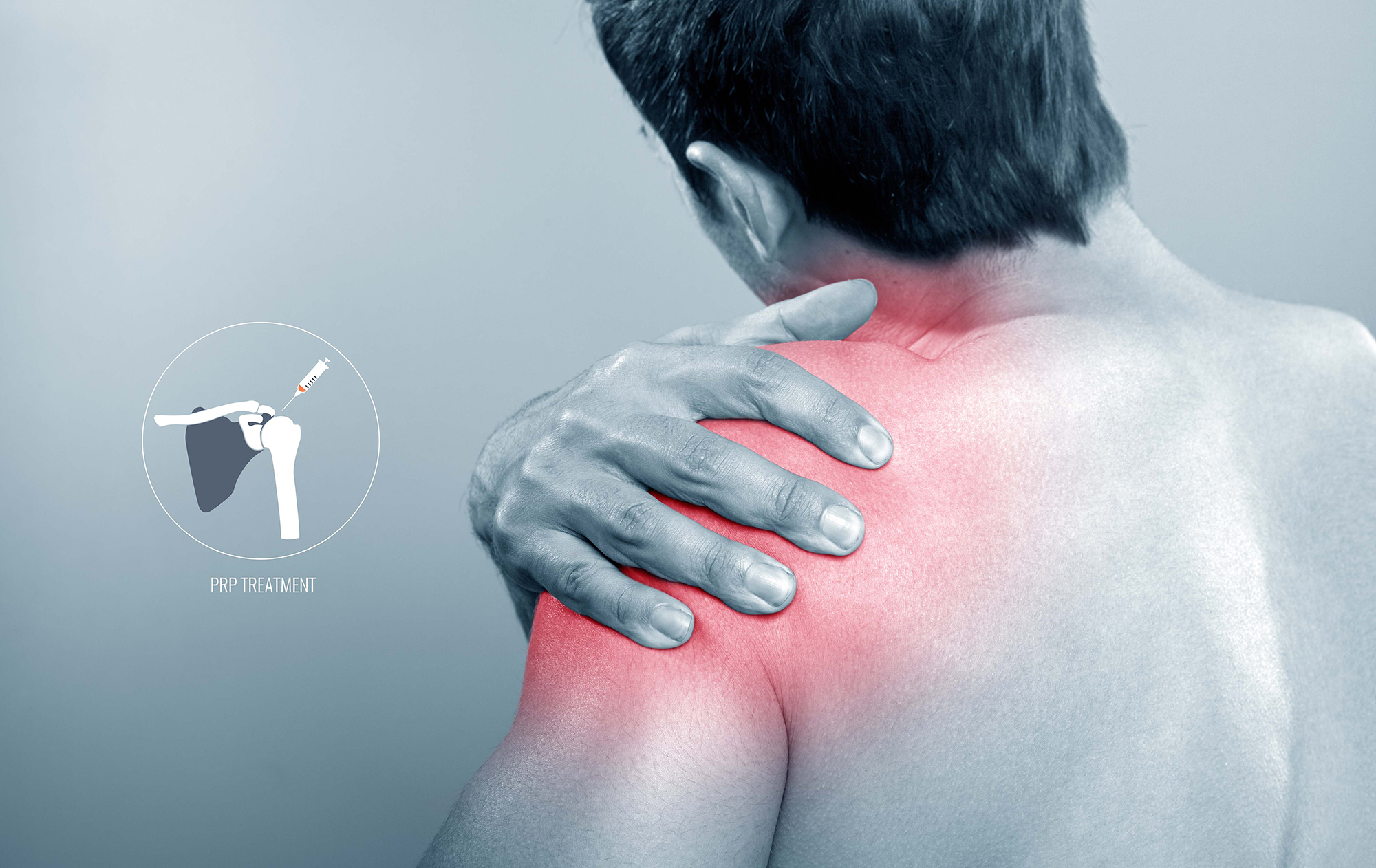What Is PRP Treatment for the Shoulder?
There are several conditions in the shoulder where PRP can be appropriate. The most common are partial rotator cuff tears and glenohumeral or shoulder arthritis. The same concept with knee arthritis applies to shoulder arthritis.
Partial rotator cuff tears are very common, and before PRP, we orthopedic surgeons, unfortunately, did not have good treatment options. The typical treatments were either:
- Physical therapy and cortisone injections are often too conservative and can lead to adverse effects to the joint with cortisone.
- Surgical treatments, which were often too aggressive in treating just a partial tear.
So for partial rotator cuff tears, PRP treatments have given us a chance to do a very minimally invasive clinic or office procedure that often helps heal or mend partial rotator cuff tears or mend that tear.
Partial rotator cuff tears are my most common PRP treatment for the shoulder.
How Many PRP Injections Are Needed for the Shoulder?
Similar to the knee, the number of PRP injections needed for the shoulder can vary depending on the condition being treated. But typically, 1 to 3 injections will be required for the shoulder, again, depending on the condition.
I personally mirror my practice after the available literature. That way, I can expect patients to have the same results seen in the literature.
Does PRP Help Frozen Shoulder?
PRP may accelerate the healing time of frozen shoulder. However, there has not been much in the way of clinical literature that proves the efficacy of PRP treatments when it comes to treating frozen shoulder.
For patients suffering from frozen shoulder, I would recommend scheduling an appointment, and we can then determine together if PRP in conjunction with other treatments such as physical therapy or surgical management may be beneficial in your particular case.
What Should I Do After PRP Injection?
For the first 24 hours, it’s a good idea to take it easy. Ice your shoulder, and do some gentle range of motion, focusing on mobility and flexibility.
After the first 24 hours, you will want to begin a home rehab program or physical therapy program. This will really optimize how well you can do after a PRP injection, and it is your best opportunity to get the best possible outcome.
